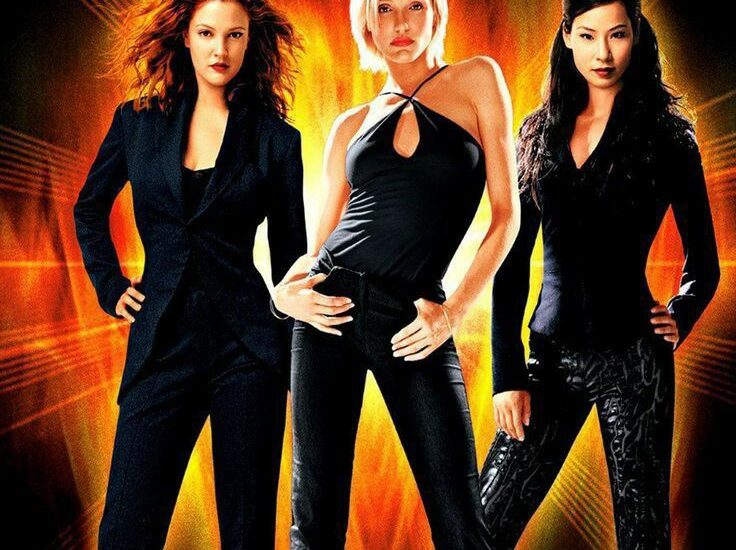
New Now:”The Killing Kind” premiered on this date in 76 and with it one of the most iconic scenes of the show ever…
On October 10, 1976, the television landscape was forever changed with the premiere of “The Killing Kind.” This groundbreaking series captivated audiences with its bold storytelling, complex characters, and unforgettable scenes. Among these, one particular moment has been etched in the annals of television history, becoming a defining scene not only for the show but for the genre as a whole.
The Premise of “The Killing Kind”
At its core, “The Killing Kind” is a psychological thriller that explores the dark recesses of the human mind. The series centers around a protagonist, a troubled anti-hero grappling with personal demons while embroiled in a web of crime and moral ambiguity. This juxtaposition of good and evil was a hallmark of the show, setting it apart from its contemporaries.
The show dives deep into themes of identity, trauma, and redemption, resonating with viewers on multiple levels. Its narrative complexity allowed for a rich exploration of character motivations and the consequences of their actions. As the series unfolded, audiences became invested not just in the plot but in the psychological journeys of its characters.
The Iconic Scene
While “The Killing Kind” was filled with many memorable moments, one scene from its premiere stands out above the rest. This pivotal moment encapsulated the show’s essence, blending suspense with emotional depth. It involved a tense confrontation between the protagonist and an antagonist, showcasing a powerful exchange that left viewers on the edge of their seats.
The scene’s brilliance lies in its writing and direction. The dialogue was sharp, revealing the characters’ inner turmoil while propelling the narrative forward. The cinematography captured the intensity of the moment, utilizing close-ups and dramatic lighting to heighten the emotional stakes. This meticulous attention to detail made it not just a scene but a cinematic experience.
The Impact on Television
The premiere of “The Killing Kind” marked a significant turning point in television storytelling. Its daring approach to character-driven narratives paved the way for future series that would prioritize depth over spectacle. The show’s blend of psychological drama and thriller elements influenced a generation of writers and producers, leading to a renaissance in television drama in the late 1970s and beyond.
Critics hailed the series for its willingness to tackle difficult subjects and explore the darker sides of human nature. This boldness resonated with audiences, creating a cult following that persists to this day. The show’s iconic scene became a touchstone, often referenced in discussions about television’s evolution and the role of character complexity in storytelling.
Legacy and Cultural Significance
As “The Killing Kind” progressed through its seasons, it continued to innovate and challenge conventions. Each episode built upon the last, creating a tapestry of narrative threads that explored the fragility of sanity and morality. The show’s legacy lies not just in its storytelling but in its cultural impact, inspiring numerous spin-offs, remakes, and homages over the years.
Fans often cite the iconic scene as a benchmark for what television can achieve. It exemplifies how a single moment can encapsulate the themes of an entire series, resonating with audiences long after the credits roll. This moment has been analyzed in various academic and media studies, highlighting its importance in the broader context of television history.
The Evolution of Characters
One of the most compelling aspects of “The Killing Kind” was its character development. The series offered nuanced portrayals of its protagonists and antagonists, allowing viewers to see the shades of gray that exist within each character. As the show progressed, audiences witnessed the evolution of these characters in response to their circumstances, adding layers to their motivations and actions.
The iconic scene, in particular, served as a catalyst for character transformation. It marked a turning point in the protagonist’s journey, forcing them to confront their fears and desires. This moment of reckoning not only heightened the stakes within the narrative but also deepened the audience’s emotional investment in the characters’ journeys.
You may also like
Archives
Categories
- ABA
- Actor
- Actress
- Actress and singer
- Band
- Baseball
- Basketball
- Boxer
- Broadcasting corporation
- CCR
- cricketer
- Cyclists
- Dart
- Drummer
- Fictional character
- Football game
- Formula 1
- Golf
- Guitarist and songwriter
- Guitarists
- Gymnastics
- Hockey
- Ice hockey
- Marathon
- MLB
- Motocross
- MotoGP
- Motorcross
- Musician
- Musician and drummer
- NFL
- NHL
- NRL
- Racer
- Red bull Racing
- Rider
- Rock band
- Rugby league
- Simone Biles
- Singer and songwriter
- Songwriter and musician
- Sport commentator
- Tennis
- Texas longhorns
- Track and field athlete
- Uncategorized
Leave a Reply